In today’s blog post we will be continuing with our series of vegetables that start with different letters of the alphabet. In this blog, we will be taking a closer look at what veggies that start with S.
If you’re looking to improve your knowledge, or are simply interested in using a different vegetable in the kitchen, you’ve come to the right place. When it comes to vegetables that start with S, there are many.
All over the world, we can find weird, wonderful, and unbelievably tasty vegetables that all begin with the letter S. Some are extremely common like shallots, while others like Soko are much harder to find.
By the end of our guide, it is our hope that you have an improved knowledge of world vegetables, and have the inspiration to try something new.
Without further ado, let’s get straight into the list.
1. Shiitake Mushroom

One of the most well-known vegetables that starts with the letter S is the shiitake mushroom. The shiitake mushroom is a versatile vegetable native to most parts of Asia.
They are easily recognized thanks to their brown, umbrella-like cups and tan stems. Reaching up to 10 inches in diameter most people around Asia use them differently from each other. Some will include them in a miso soup, while others put them in a noodle stir-fry.
2. Snap Pea
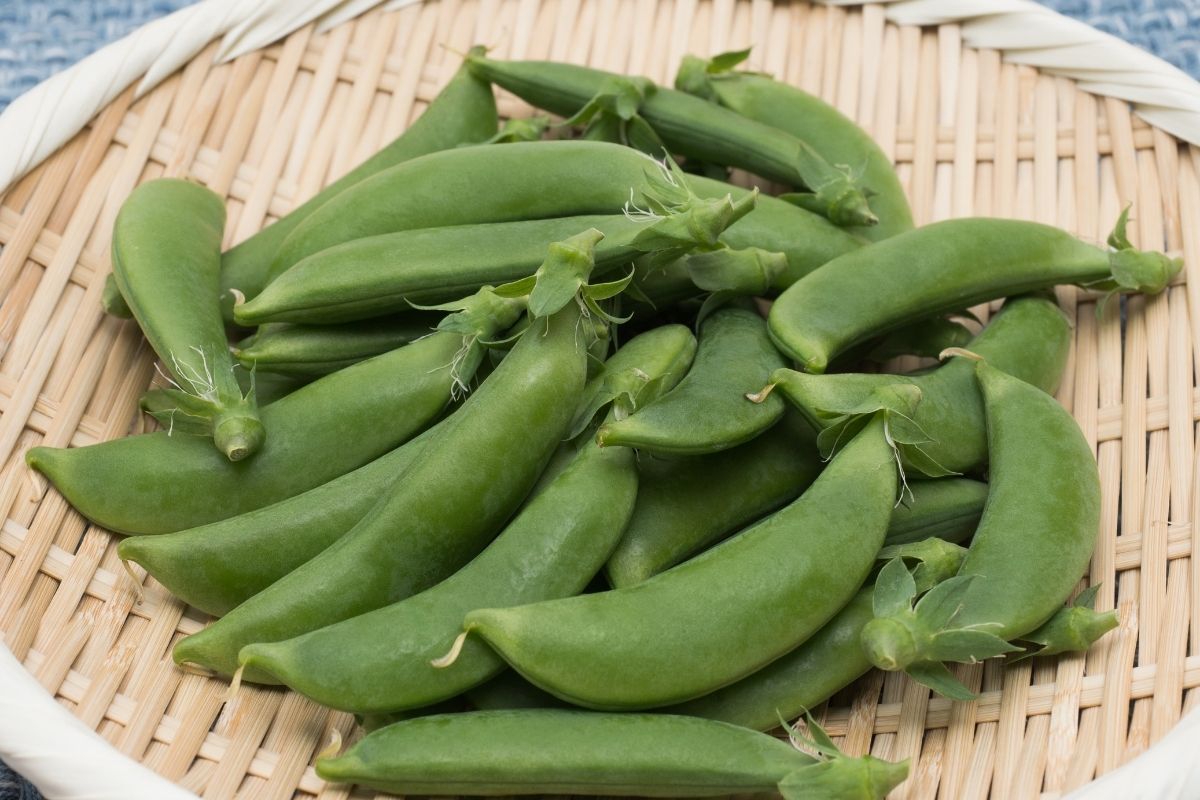
Another very popular vegetable starting with S is the snap pea. You will most likely have tried snap peas before. The small green pods are usually emptied, and the peas collected, but it is perfectly fine to eat the whole pod.
Eaten raw or cooked, the snap pea is a cross between the snow pea and the garden pea. They have a mild, sweet flavor that tastes great in a salad or on its own.
3. Snow Pea
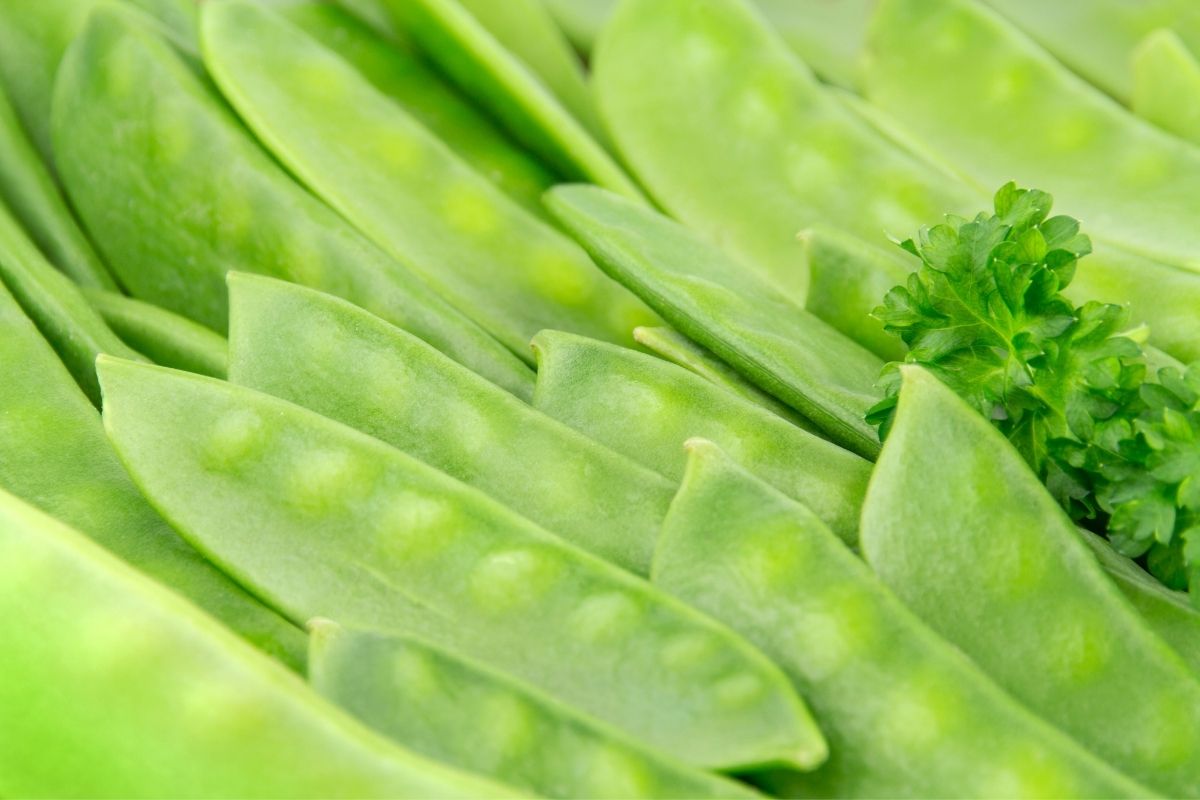
On the topic of peas, it would be rude not to mention the snow pea. Commonly used when making a stir-fry, the snow pea pod can grow to 3.5 inches in length, with each pod containing 6 or 7 seeds. Also eaten as a raw snack, this variety of pea is typically as sweet as the snap pea.
4. Soybeans
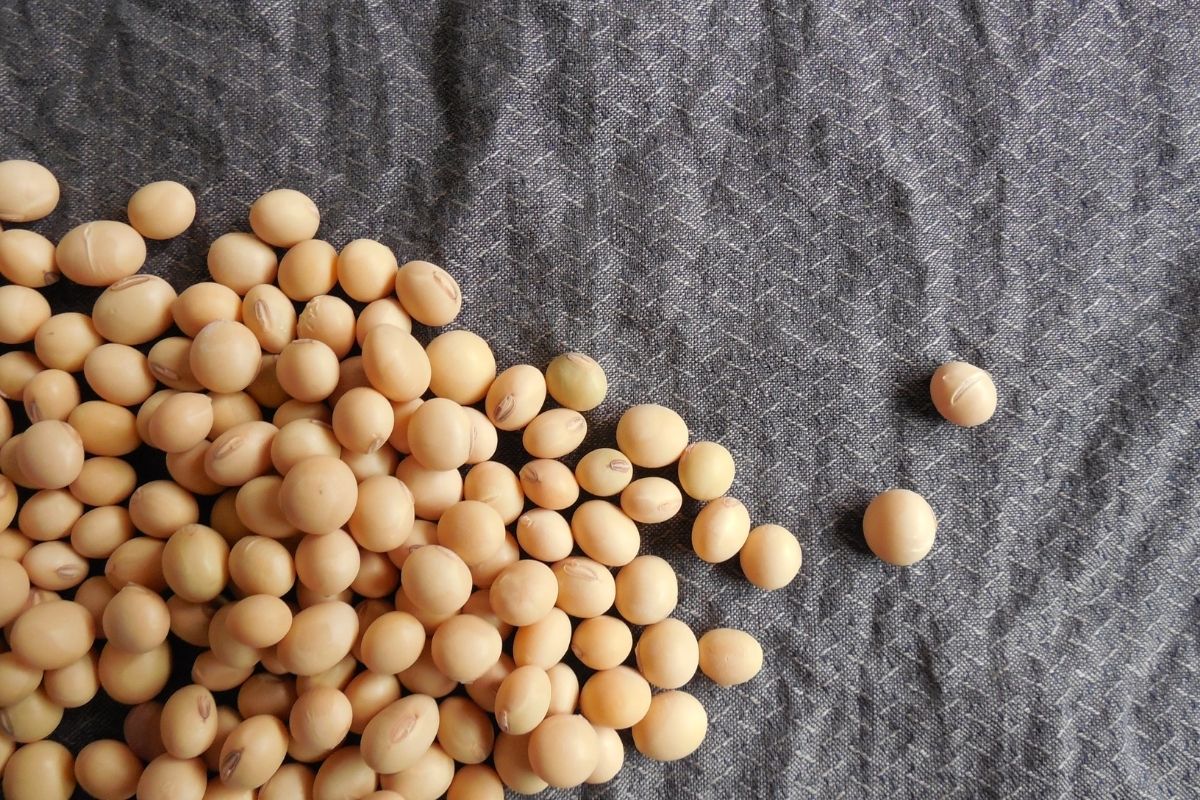
The soybean is often considered to be one of the world’s most popular beans. The main reason for this is that they are actually the beans used to make soy milk and tofu.
These two things are usually quite important to a vegetarian diet, hence the popularity. The yellow circular beans have a quite unusual grassy, bean flavor that many people find to be an acquired taste.
5. Spinach
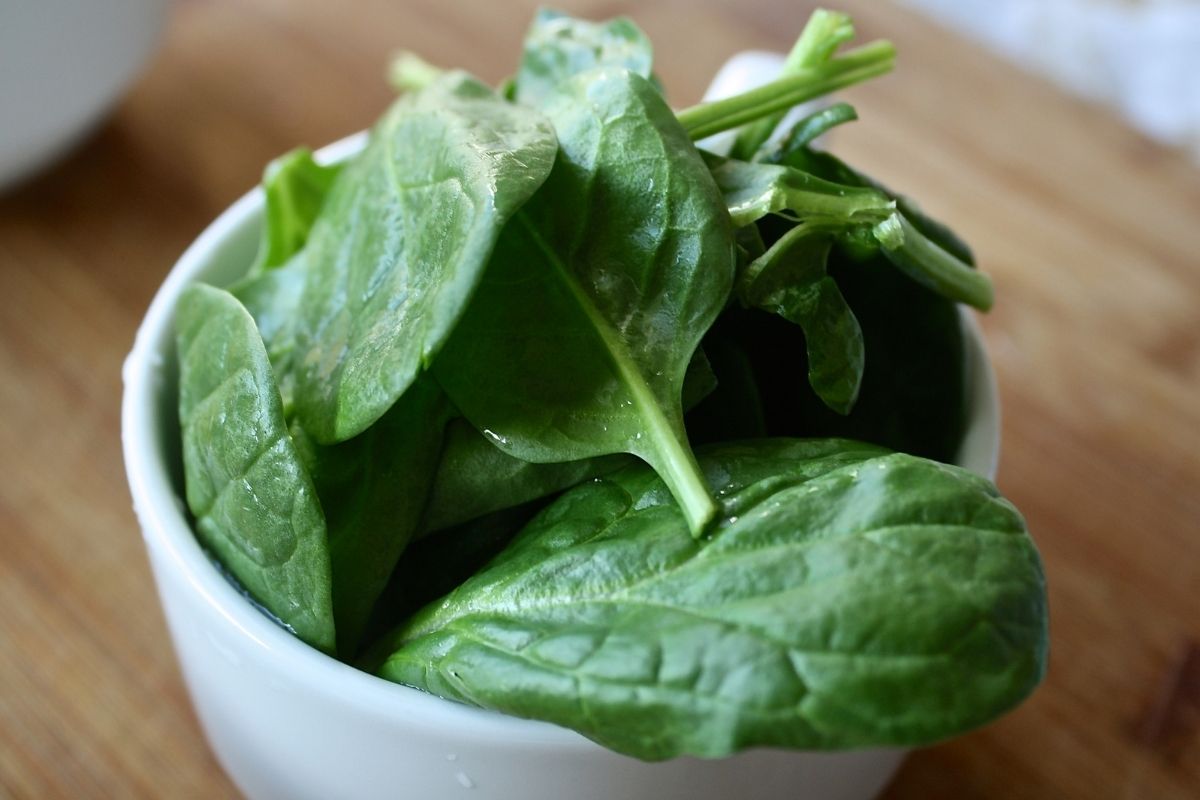
When it comes to cooking with spinach, the possibilities are endless. This versatile vegetable can be used to make smoothies, sandwiches, soups, and salads just to name a few. Spinach is a herbaceous plant with a rosette-like appearance.
The leaves can be eaten cooked or raw. If you seek a nutritional boost, adding spinach to your diet will work wonders. Many people in the Middle East regard spinach as the Queen of vegetables.
6. Spring Onion
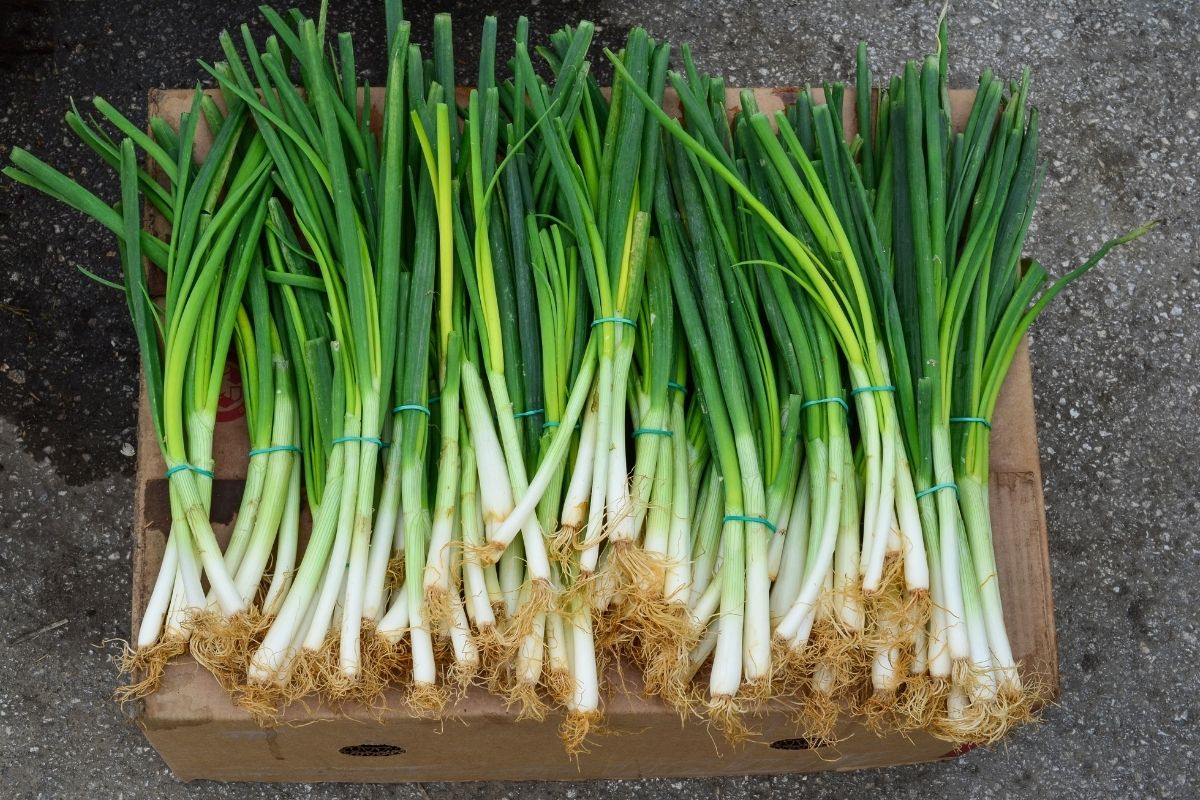
Also known as green onions or scallions, you may be surprised to hear that spring onions are actually very young onions that have been harvested sooner, and before the bulb has had any chance to swell.
This type of onion has long green leaves growing from the top. It is this part of the onion that is most commonly used in cooking. Most people use spring onion to add a fresh, sweet taste to a dish.
7. String Bean
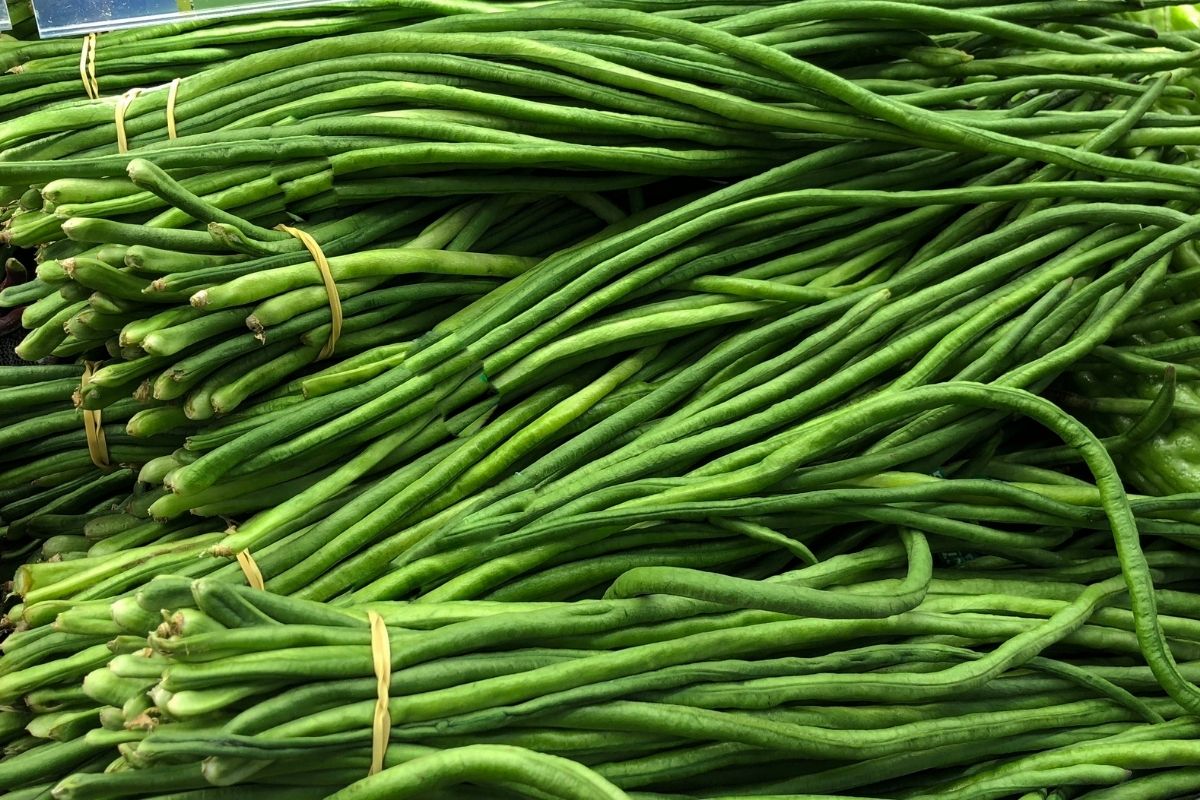
Interestingly, string beans are actually one of the oldest varieties of kidney beans. Thanks to their versatility the string bean is used in kitchens all over the world.
They can be eaten fresh, from a can, or even frozen. In terms of appearance, string beans are long, thin, and green. Weirdly, the string bean doesn’t have too much taste, but many people still love them served with butter or in a Chinese dish.
8. Sweet Potato
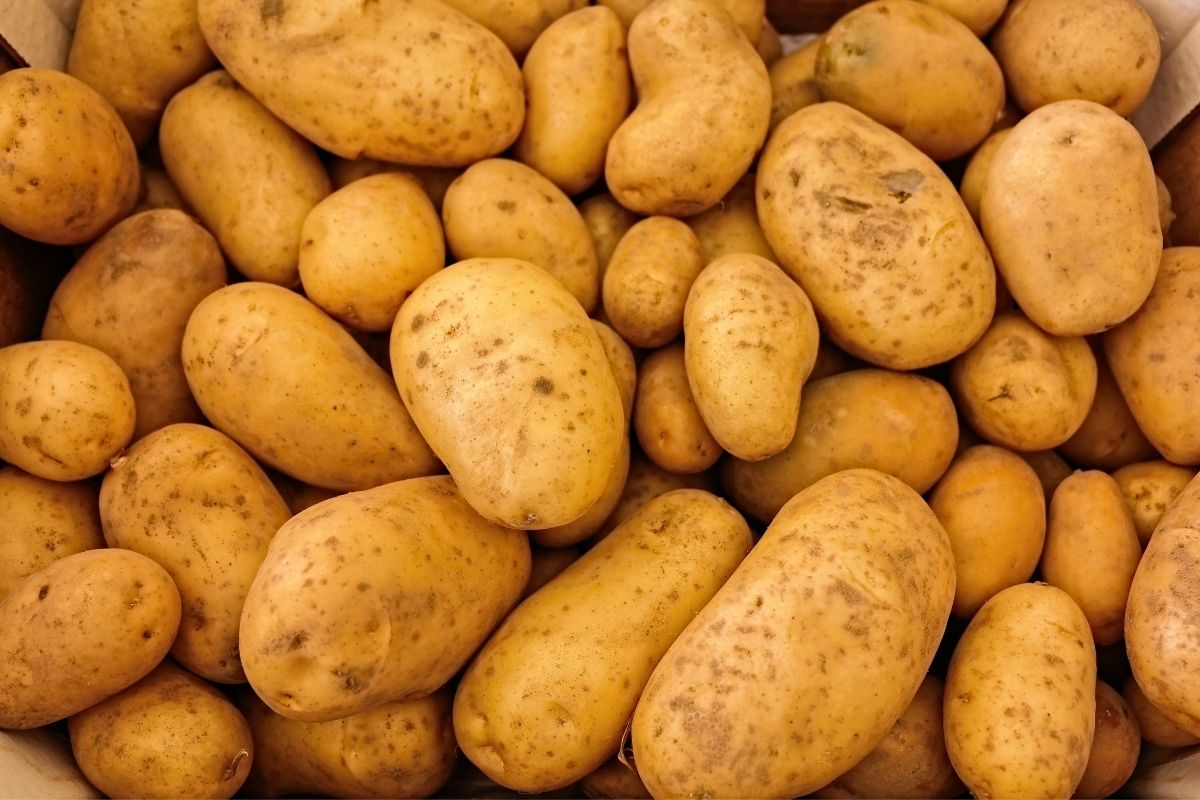
There are over 200 different varieties of potato grown around the world. One of the most popular is the sweet potato, however, the sweet potato and potato aren’t actually related. Instead, this orange colored sweet potato comes from the morning glory family, not the nightshade family.
A lot of people in the US also refer to the sweet potato as yams. When cooked this root vegetable has a beautifully sweet, starchy taste. We like our sweet potato best when mashed or made into fries.
9. Sweetcorn
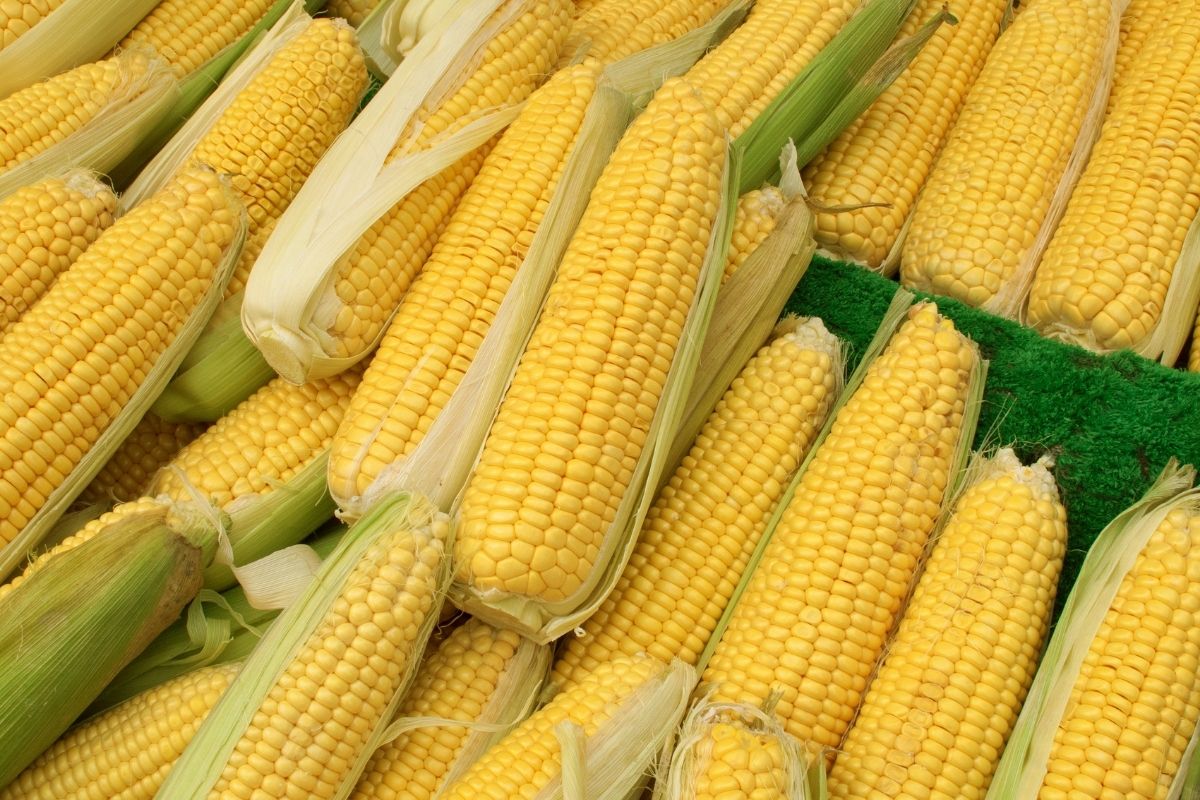
You will almost certainly find sweetcorn in any grocery store in the United States, and around the world for that matter. This long, rounded vegetable is covered in sweet and juicy yellow seeds.
Part of the maize plant, we usually eat sweetcorn on the cob, frozen or out of a tin. Charring your corn on the BBQ compliments the lovely sweet taste of the corn perfectly.
10. Straightneck Squash

It feels like it’s time to put a few more unusual vegetables on this list. The straightneck squash is a great place to start. Originating here in the United States, the straightneck squash looks more like a bright yellow aubergine than a squash.
Also known as the crookneck squash, this squash variety has sweet, watery flesh and thin tender skin. Suitable for a wide range of dishes, a lot of Americans prefer to put their straightneck squash into a casserole.
11. Spaghetti Squash
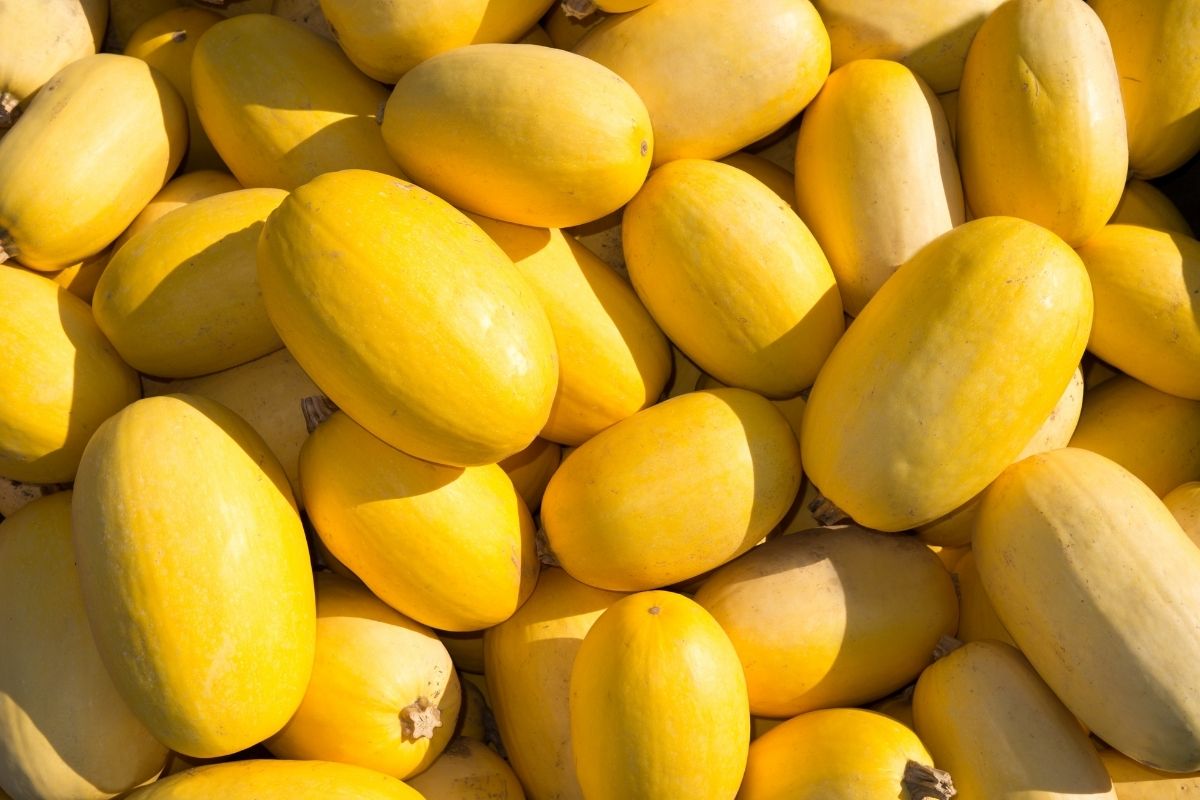
As we’re talking about oddly shaped squashes, it seems only right to mention the spaghetti squash. The spaghetti squash gets its name from the odd appearance it has when cooked. When this squash has cooked, its slightly sweet flesh looks eerily like long strings of spaghetti or noodles.
Amazingly, some people decide to use these strings of squash as a healthier spaghetti alternative, although we’re not so sure about that. Sweet tasting spaghetti puts us off the idea.
12. Sour Cabbage

For the next vegetable on our list, picture a standard cabbage but bright pink in color with yellowy-brown leaves. Once you’ve done that you’ve got yourself a sour cabbage. The sour cabbage isn’t a cabbage you can grow at home. Instead, it is a fermented vegetable.
Eaten in a number of eastern European countries, the sour cabbage has a long shelf life and a unique sour flavor. Some like to make sweet and sour cabbage garnishes, while Russians occasionally make a traditional sour cabbage Sauerkraut.
13. Sorrel
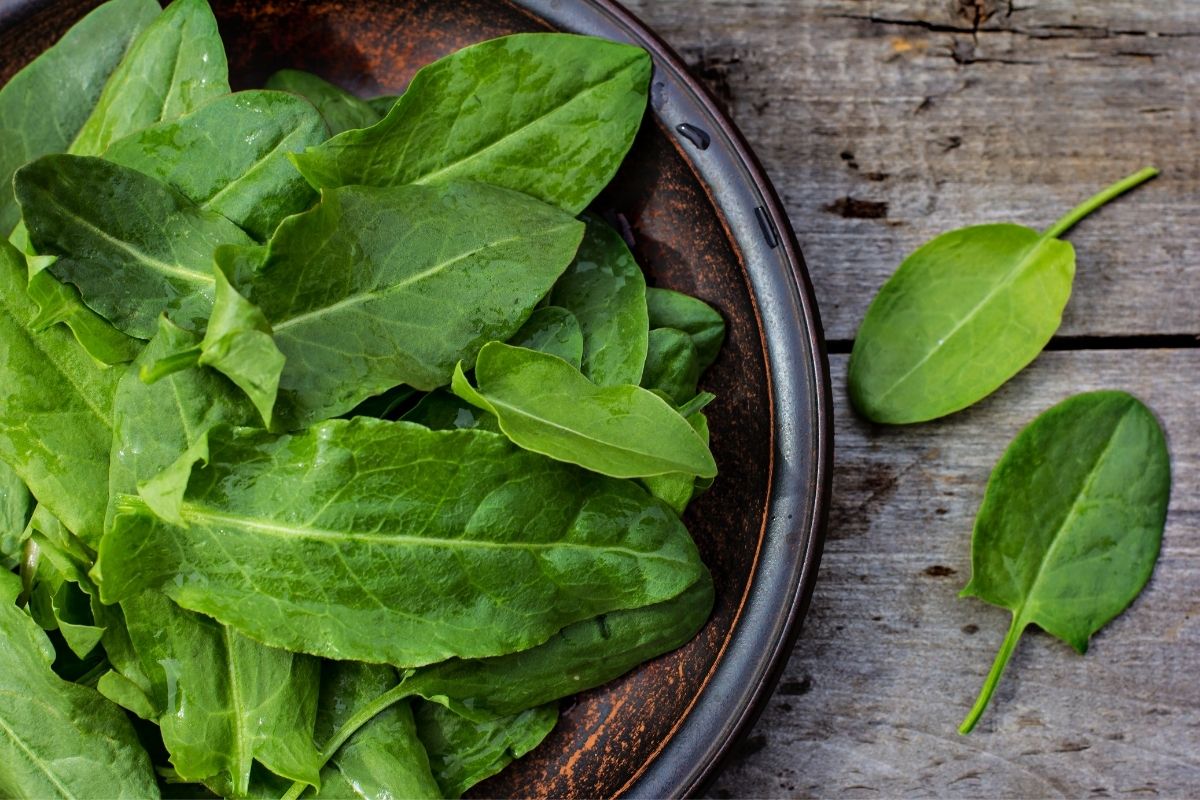
In the United States, we use sorrel as a super versatile herb, but it can also be used as a vegetable in salads, sauces, or soups. Though this small dull green leaf looks quite simple, when cooked it provides an impressive boost of flavor.
When cooked sorrel releases a bright fruity flavor often compared to that of rhubarb or wild strawberries. Adding these flavors to your salad or soup will take it to the next level.
14. Snake Gourd
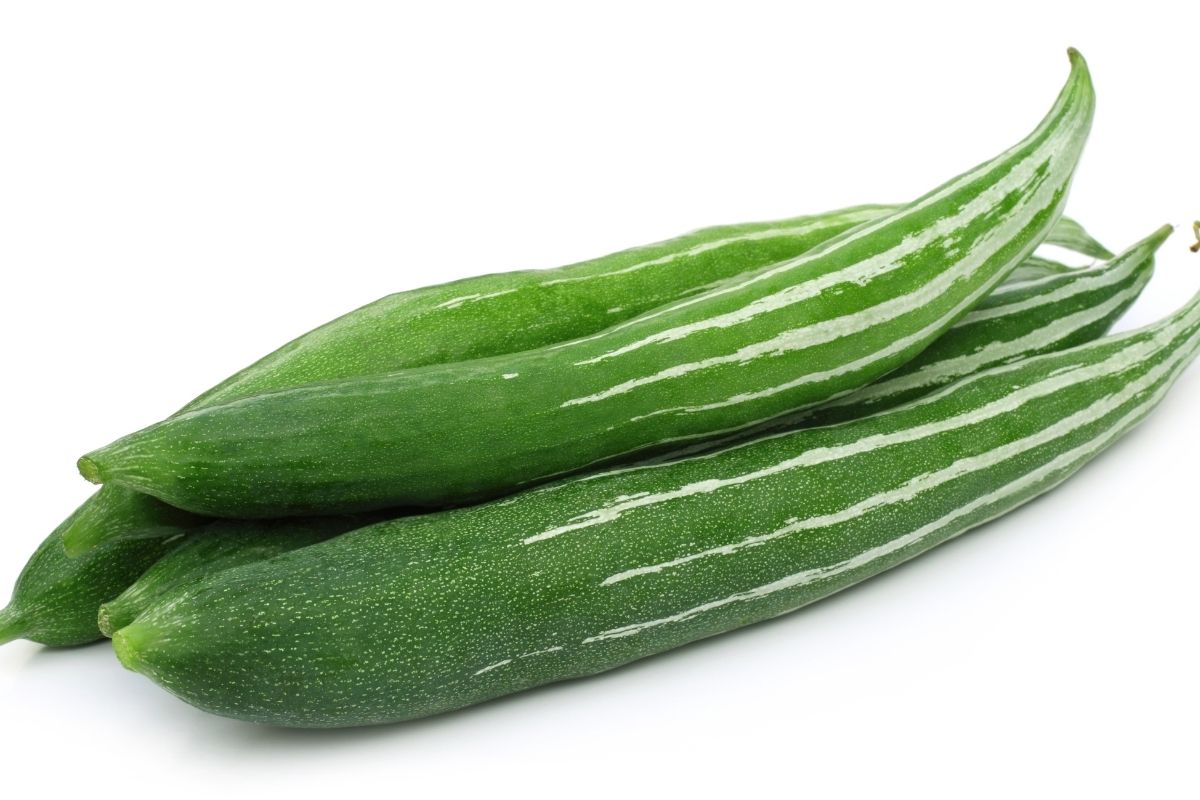
It’s pretty easy to understand where the snake gourd gets its name from. This annual plant produces long serpent-like vegetables. This vegetable grows all over Asia and can also be found in Australia and parts of Florida.
It can easily be argued that the snake gourd looks like a cucumber. This would sound about right because the snake gourd also shares a similar flavor to the cucumber.
The snake gourd also has a mild, slightly sweet taste and a crisp crunch. Like the cucumber, the snake gourd is also a refreshing addition to a summer’s salad.
15. Sierra Leone Bologi
Sierra Leone Bologi is a tropical vine plant featuring succulent leaves, creamy-white flowers, and long leafy stems. Primarily cultivated in West Africa, the Sierra Leone Bologi can be used similarly to spinach.
To use the Sierra Leone Bologi vegetable you must first steam its leaves. Once the leaves are steamed you can make salads, soups, smoothies, or sandwiches with the vegetable. In terms of taste, you can expect a natural earth flavor with a tiny hint of sweetness.
16. Serrano Pepper
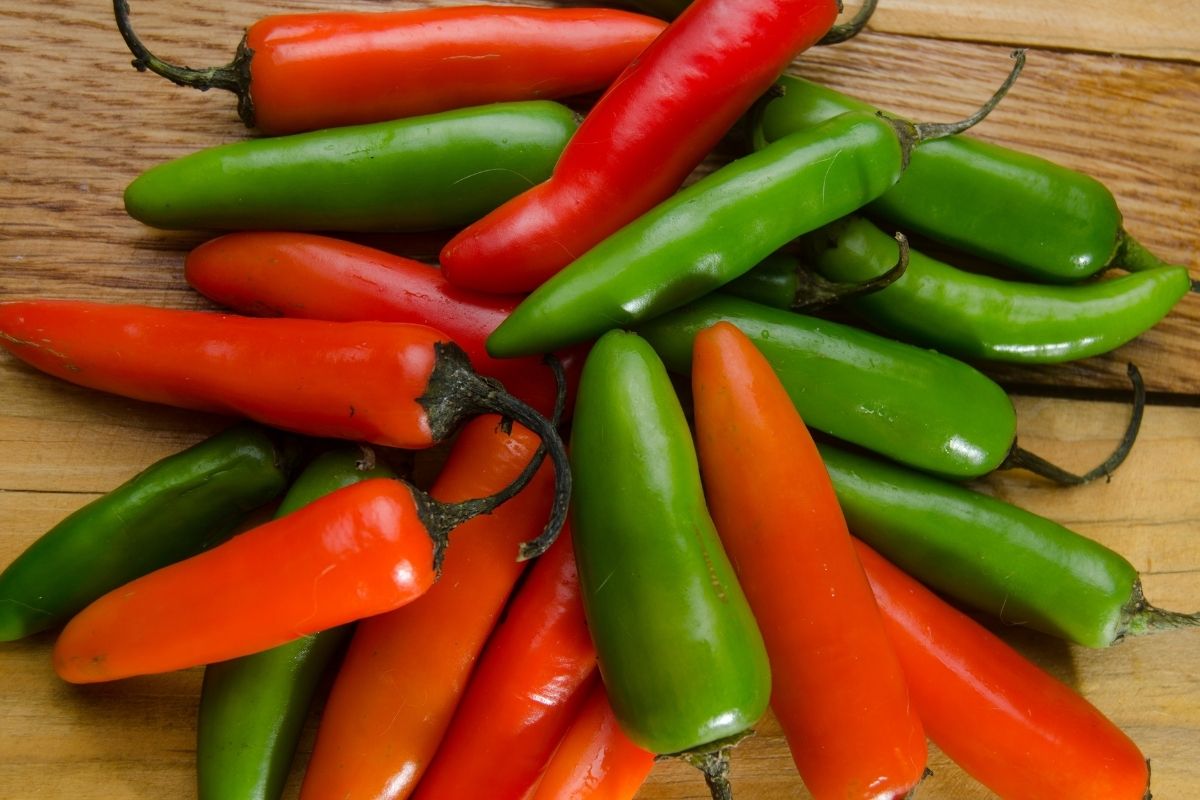
A type of chili pepper, the serrano pepper looks just like a jalapeño when unripe. As they mature their green color is lost, and they begin to change to a red, yellow, orange or lighter green color. These types of pepper also have the earthy, grassy taste of the jalapeño but with a bit more kick.
For those that like it hot, the serrano pepper is five times hotter than the jalapeño and has a Scoville Heat Unit of 10,000 to 23,000. Sadly, for us, that’s a little too hot.
17. Seaweed
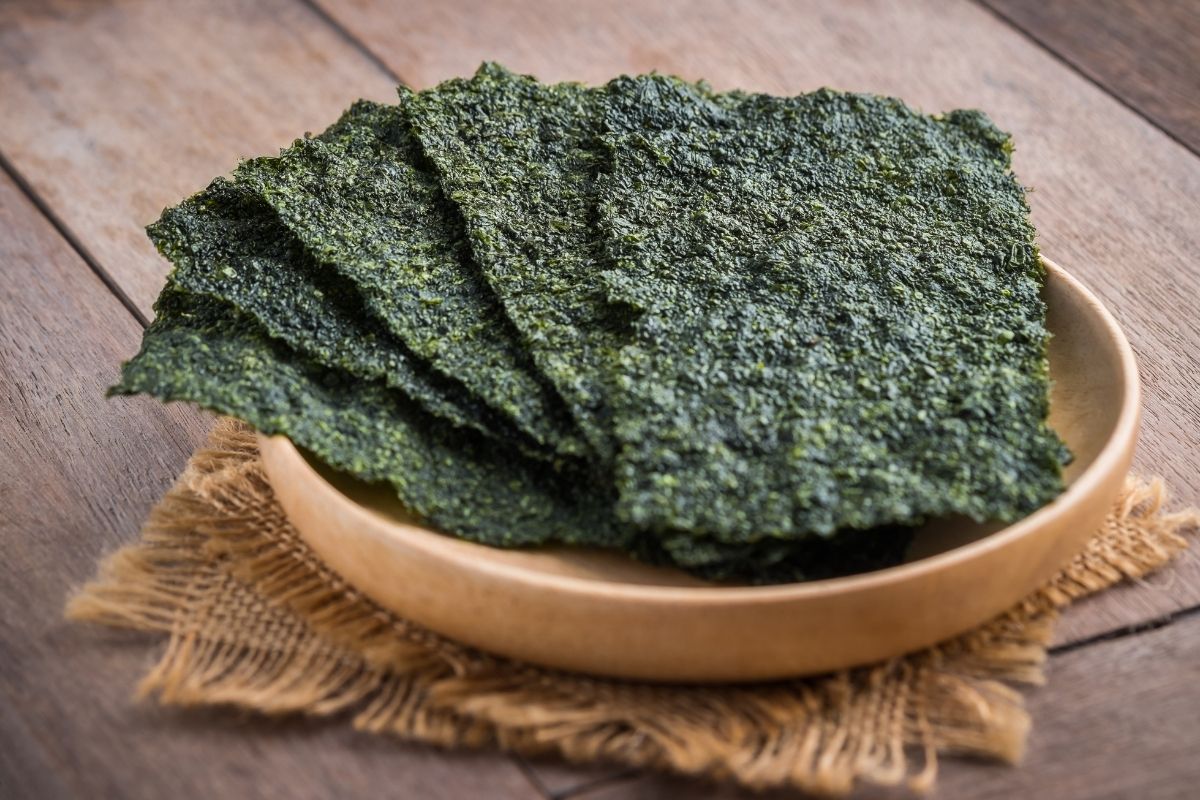
A lot of people don’t realize that seaweed is actually a vegetable. The word seaweed refers to a wide range of different marine plants and algae, many of which can be consumed by humans.
Although seaweed is typically eaten in Western countries, most of Asia indulge in this briny and salty vegetable that has a crispy to rubbery texture. Those of you who like sushi will know exactly how seaweed tastes as all of your favorite sushi dishes are wrapped in it.
RELATED: Decoration, Spice, Medicine – Get To Know 17 Types Of Versatile Sage Plants
18. Sculpit

The final vegetable on our list is sculpit. In England, you may already know sculpit but by the name bladder champion. However, most refer to its Italian name sculpit.
Sculpit is a leafy plant that produces a beautiful white and pink flower, but funnily enough it isn’t this flower the vegetable is used for. The leaves from this plant can be used in a variety of dishes to add a touch of bitterness and spice. In Italy, it is most commonly used in the preparation of risotto.
Final Thoughts
As you can see from our list there are a whole host of amazing vegetables that start with the letter S. In all honesty, we could have gone on and on there are that many, but hopefully now you’ve been through our list you have a better idea regarding some of the delicious, weird, and wonderful vegetables that are out there.
Now you know what’s out there, why not head down to your local store and see what new vegetables you can buy. By adding some of the vegetables from our list into your diet you can experience a whole host of new ingredients and exotic flavors.
Editor’s Recommendations
Vegetables That Start With I: More Than You Think
So Darn Delicious! 13 Different Types Of American Vegetables
What Is The Best Fertilizer For Growing Vegetables | The Ultimate Guide







